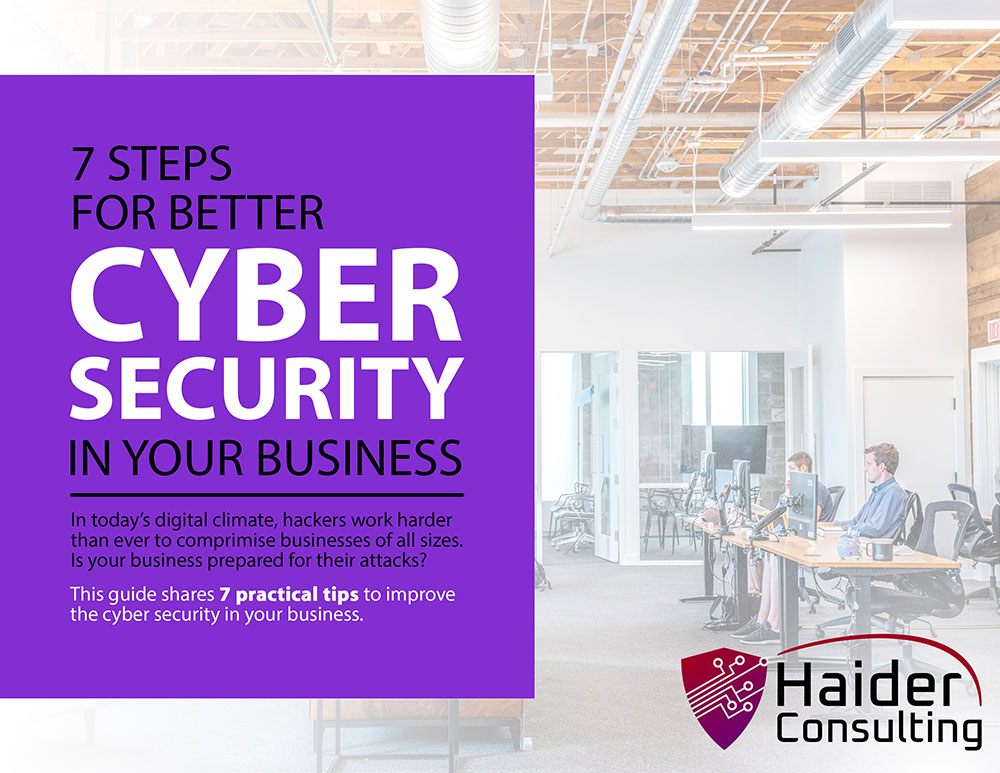The digital world has made everyday tasks more convenient, but it’s also opened the door for hackers to find new ways to break into online accounts. As technology gets smarter, so do the hackers.
Most people worry about weak passwords or phishing emails, and those are still big risks. But hackers also use many lesser-known tricks to get into your personal and business accounts. In this post, we’ll cover seven surprising ways hackers can access your accounts—and what you can do to protect yourself.
What Are the Most Common Hacking Techniques?
Hacking methods have changed a lot over time, using new technology and tricks that fool people. Hackers still use older tactics like brute force attacks to break into systems, but their methods are getting smarter and harder to spot.
One common technique is social engineering, where hackers fool people into sharing private information. Another is credential stuffing, where they use stolen usernames and passwords from past data breaches to try logging into different accounts. Some hackers even use AI to run fake campaigns or bypass security tools.
Understanding these common hacking methods is important because they help explain how hackers pull off more advanced attacks. In the next sections, we’ll look at some of the lesser-known techniques and what they mean for your online safety.
How Do Hackers Exploit Lesser-Known Vulnerabilities?
Hackers don’t always go after the obvious. Instead, they often take advantage of weaker areas in digital security that most people overlook. Here are a couple of surprising ways they can break into your accounts:
1. Cookie Hijacking
Cookies are tiny files that websites store on your device to remember your login info. While they make browsing easier, hackers can steal them to act like you online. If they get access—often through sketchy links or unsafe Wi-Fi—they can use those cookies to log in to your accounts without knowing your password.
2. SIM Swapping
Your phone number is often tied to your online accounts for extra security. But hackers can trick your phone company into moving your number to a SIM card they control. Once they do, they can intercept security codes sent by text and use them to change your account passwords or get past two-factor authentication (2FA).
3. Deepfake Technology
Deepfake tools have gotten so advanced that hackers can now create fake audio or video clips that look and sound real. They use this in social engineering scams by pretending to be someone you trust—like a coworker or family member—to trick you into giving away private information.
4. Exploiting Third-Party Apps
Many people connect their accounts to third-party apps to make things easier. But these apps don’t always have strong security. Hackers can use weak spots in these apps to break into your connected accounts.
5. Port-Out Fraud
Port-out fraud is a lot like SIM swapping. Hackers trick a phone company into moving your number to a new provider they control. Once they have your number, they can get your calls and texts, including important account reset codes.
6. Keylogging Malware
Keyloggers are sneaky programs that track everything you type. If one gets onto your device, it can record usernames, passwords, and any other personal information without you knowing.
7. AI-Powered Phishing
Old phishing emails were easy to spot because of bad spelling or strange links. But now, hackers use AI to write smart, realistic emails that look legit. These emails are tailored to each person, making them hard to recognize—even for tech-savvy users.
How Can You Protect Yourself from These Threats?
Now that you know about some of the surprising ways hackers can break into your accounts, it’s important to focus on how to stop them. Here are some easy and effective steps you can take:
Strengthen Your Authentication Methods
Start with strong passwords and turn on multi-factor authentication (MFA). But don’t stop there—try using an app-based authenticator or a physical security key instead of just text messages for extra protection.
Monitor Your Accounts Regularly
Check your accounts often for any strange logins or changes. Most services let you turn on alerts for suspicious activity—make sure those are enabled so you get notified right away.
Avoid Public Wi-Fi Networks
Free public Wi-Fi can be risky. Hackers often use it to steal data like your login info. If you must use public Wi-Fi, connect through a VPN (Virtual Private Network) to keep your data safe.
Be Careful With Third-Party Apps
Before connecting any outside app to your main accounts, make sure it’s trustworthy. Check what permissions it asks for and only allow what’s necessary. If you stop using the app, take the time to remove its access.
Learn How to Spot Phishing Scams
Train yourself to recognize phishing by checking email addresses carefully and avoiding strange links. If something feels off, don’t respond—reach out to the sender using a known, trusted method to confirm the message.
In the next section, we’ll go over more important cybersecurity steps everyone should take to stay safe online.
What Extra Steps Should You Take for Cybersecurity?
Staying safe online means more than just guarding against one type of threat. A proactive mindset helps you handle whatever comes your way. Here are some important steps you should take:
Keep Software Up to Date
Hackers like to target outdated software with known flaws. Make sure your devices and apps are always running the latest versions with current security patches.
Back Up Your Data
Use the 3-2-1 backup rule: keep three copies of your files, store them on two different types of media, and make sure one copy is offsite. This helps you recover your data if it’s lost or locked by ransomware.
Use Encrypted Messaging
When talking about sensitive topics, use secure messaging apps that offer encryption. This keeps your messages safe from hackers or eavesdroppers.
Get Cybersecurity Training
Whether you’re protecting your own data or managing a business, learning about new threats is key. Knowing how hackers think can help you spot danger early and take action.
By combining these broader steps with the specific tips you’ve already learned, you’ll be much better protected from cyberattacks.
Secure Your Digital Life Today
Cybersecurity isn’t a luxury anymore—it’s something everyone needs in today’s connected world. As hackers find new ways to break into accounts, it’s more important than ever to stay alert and take action.
Our team helps both individuals and businesses protect their digital information from modern threats. Reach out to us today for expert help securing your online life and keeping what matters most safe.
Book My 17-Minute Call





